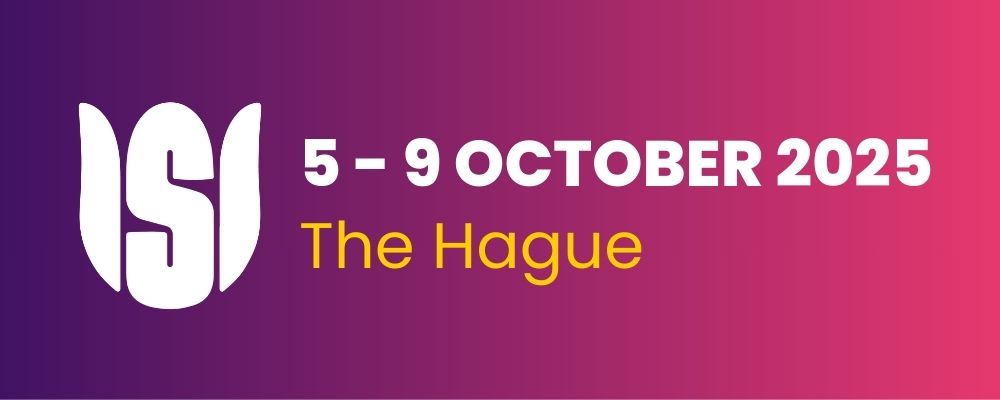Pooled Sampling for Continuous Data: Feasibility and Accuracy in Low Prevalence Scenarios
Conference
65th ISI World Statistics Congress
Format: CPS Abstract - WSC 2025
Keywords: sample, simulation, skewness
Session: CPS 7 - Epidemiological Modelling
Monday 6 October 4 p.m. - 5 p.m. (Europe/Amsterdam)
Abstract
Pooled sampling, traditionally employed in infectious disease screening, offers a cost-effective and resource-efficient method for assessing the presence of infections. This technique is particularly advantageous in resource-limited settings, such as the recent pandemic, where the high cost and limited availability of diagnostic tests pose significant barriers to widespread health screening. While pooled sampling is well-established for binary outcomes, its application to continuous outcomes has been less explored as an individual is classified as infected if the variable of interest, for instance, exceeds some predefined threshold.
A simulation study was conducted to evaluate the feasibility and accuracy of using pooled samples for continuous outcomes under various conditions in a low prevalence setting. Specifically, we examined scenarios where the underlying healthy data followed different distributions, including lognormal and other right-skewed distributions, which are common in biological and medical data. The area under the ROC curve was used as a measure of the diagnostic accuracy.
Results from our simulations indicate that pooled sampling can be a viable method for screening for infected individuals especially when the overlapping coefficient between the distributions of the continuous outcome in healthy and unhealthy individuals is low.
